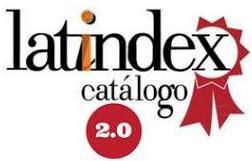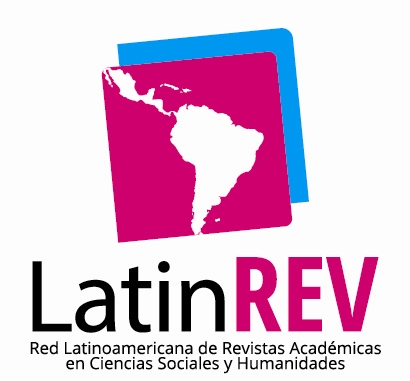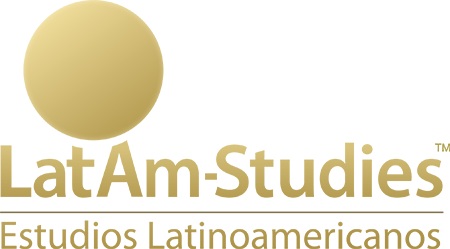Visual narratives to teach historical time from a rhizomatic perspective
DOI:
https://doi.org/10.14409/cya.v0i32.10186Keywords:
teaching, historical time, visual narratives, teacher trainingAbstract
How to teach to think about time, historical time and its multiple components? To navigate this restlessness sinuously we rely on the image, which we understand as a representation of time. As teacher trainers in History for the secondary level and from the analysis and problematization about the use of image by the cohorts of practitioners 2018-2019, we set out to design visual narrative exercises for the development of reading and interpretation of the image. Our problems about teaching practices aim to strengthen initial training focused on historical-social education from the search for curricular justice in the contexts where future teachers begin their professional exercise and in this sense we pay attention to treatment of the image as a source-text as in invitation to expand their training including the aesthetic experience involved in that language. In this work we present first the theoretical review about time and its teaching from which we base our proposal and then develop the four exercises to design visual narratives.
References
Banyai, I. (1995). Zoom. México: FCE. Disponible en https://www.youtube.com/watch?v=JMhUujrN4iU.
Benjamin, W. ([1936]2011). La obra de arte en la época de su reproductibilidad técnica. Buenos Aires: Godot.
Benjamin, W. ([1947] 2011). Tesis sobre la filosofía de la Historia. Buenos Aires: Godot.
Berger, J. y Demirel, S. (2018). ¿Estamos a tiempo? Madrid: Nórdica.
Bruner, J. (2013). La fábrica de historias. Derecho, literatura y vida. Buenos Aires: FCE.
Deleuze, G. y Guattari, F. (1980). Mil mesetas . Capitalismo y esquizofrenia. Valencia: Pre-textos.
Dewey,J. [1934]2008. El arte como experiencia. Barcelona: Paidós.
Didi-Huberman, G. (2011). Ante el tiempo.Historia del arte y anacronismo de las imágenes. Buenos Aires: Adriana Hidalgo.
Gadamer, H. G. (1977). Verdad y Método. Salamanca: Sígueme.
INDEC. Informe técnico. Condiciones de vida. Vol. 5, 59. Recuperado de: https://www.indec.gob.ar/uploads/informesdeprensa/eph_pobreza_02_2082FA92E916.pdf
Latour, B. (2017). Cara a cara con el planeta. Una nueva mirada sobre el cambio climático alejada de las posiciones apocalípticas. Buenos Aires: Siglo XXI.
Núñez, A. (2007). Los pliegues del tiempo: Kronos, Aión y Kairós. Paperback, 4, 2-9.
Pages, J. & Santisteban, A. (2010). La enseñanza y el aprendizaje del tiempo histórico en la educación primaria. Cad. Cedes, Campinas, 30(82), 281-309.
Peña Timón, V. (2003). Imagen narrativa: de la imagen prehistórica a las tecnologías de la imagen. Icono 14. Revista de comunicación y tecnologías emergentes, 1, 74-93.
Pozzo, A. (1979). Album de Vistas Expedición al Río Negro. Disponible en https://museoroca.cultura.gob.ar/obra/album-de-vistas-expedicion-al-rio-negro-abril-a-julio-1879/
Robin, R. (2014). La memoria saturada. Buenos Aires: Walduther.
Santisteban, A. (2007). Una investigación sobre cómo se aprende a enseñar el tiempo. Enseñanza de las Ciencias Sociales, 6, 19-29.
Santoro, D. y Fava. J. (2019). Peronismo. Entre la severidad y la misericordia. Buenos Aires: Las cuarenta.
Sontag, S. (2003). Ante el dolor de los demás. Madrid: Suma de letras.
UNESCO. Objetivos de desarrollo sostenible. Recuperado de: https://es.unesco.org/sdgs









